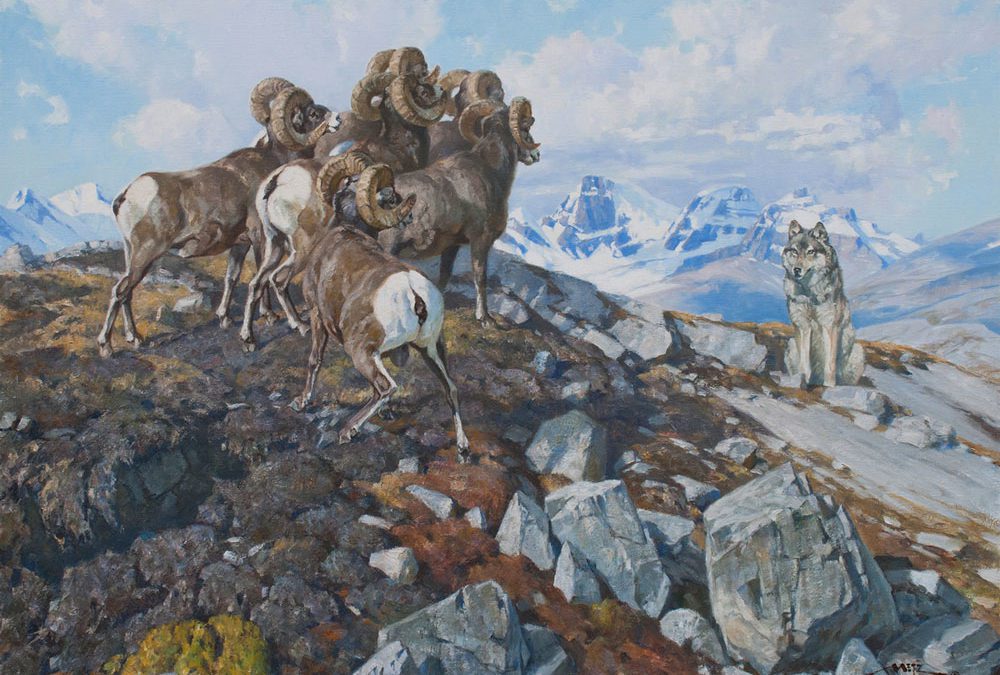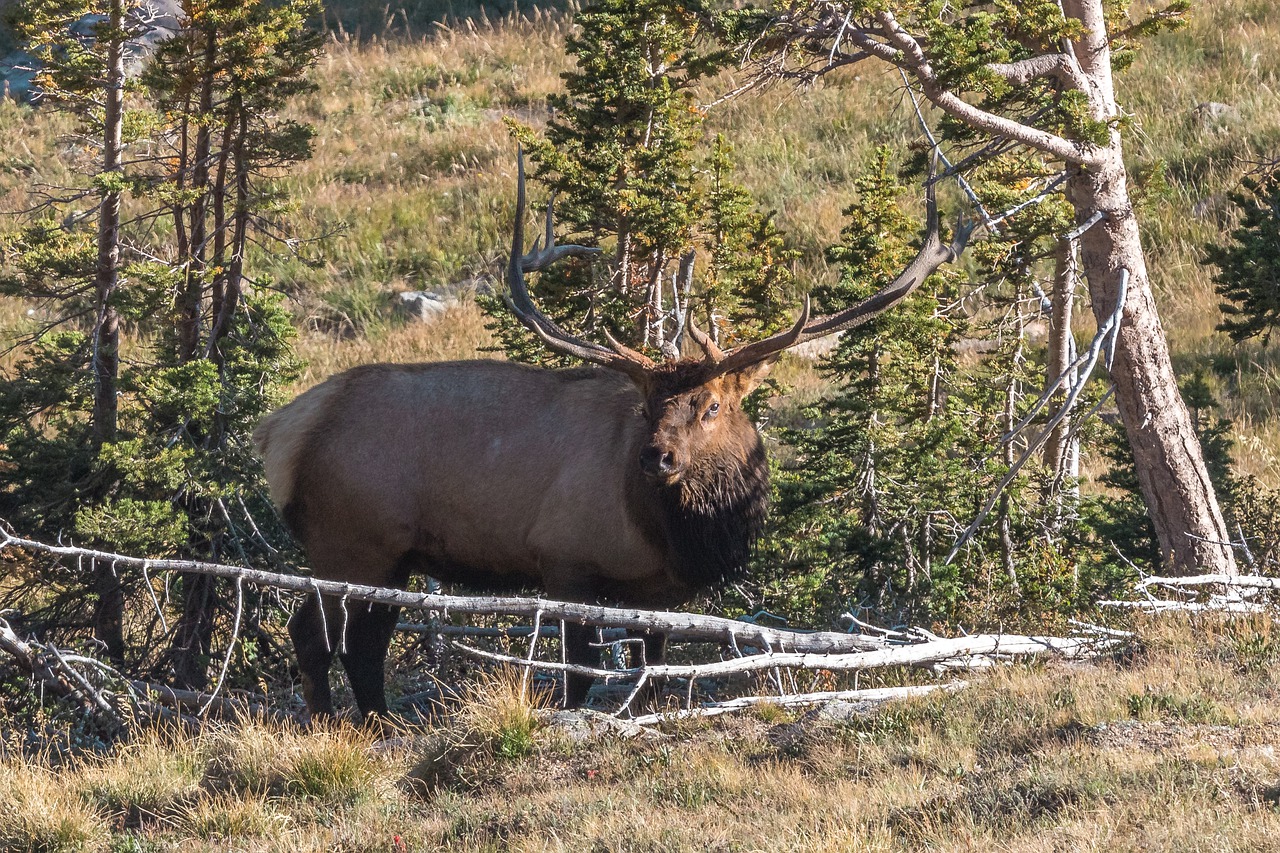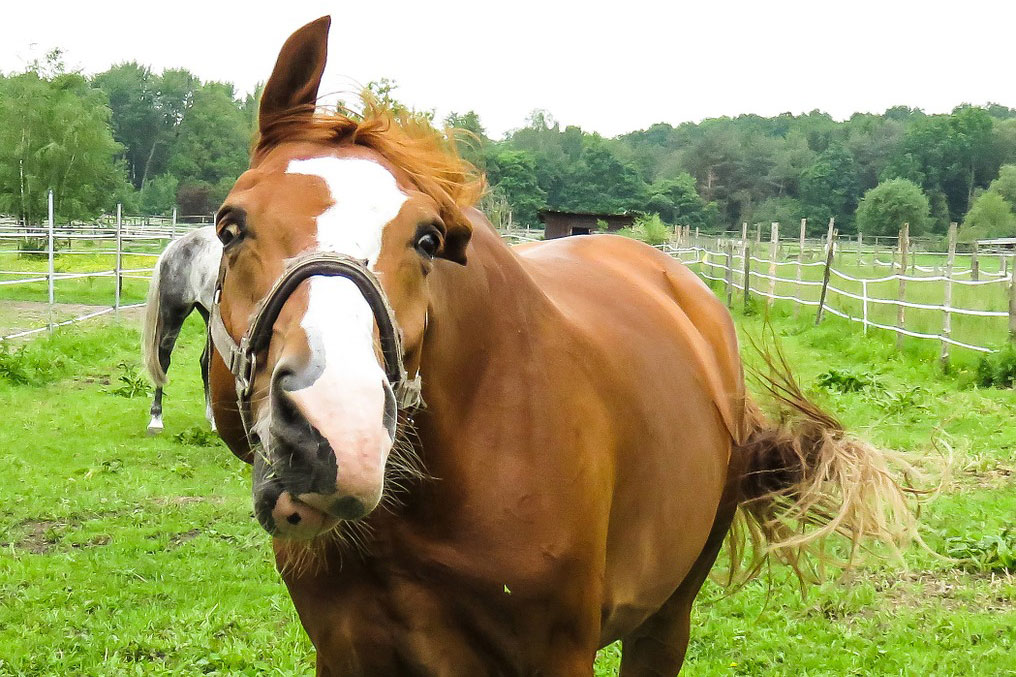In the predawn dark it was a bit crisp to be climbing up into Wilcox Pass with my paintbox.
The temperature was three degrees with a stiff breeze off the Columbia Icefield, but snow on the ground made it possible to see. By the time the sun rose, I was set up—freezing. The only thing stiffer than my fingers was my paint.
I was well along with the painting but having a devil of a time pushing the paint when I caught the faintest hint of a sound, so faint that I shrugged it off. Again came the out-of-place whisper of a moan. Raising my ear flap, I listened as a wolf howled somewhere over the ridge.
I dropped my brush to climb the rise and look down into the floor of the pass. Below were a tightly bunched band of five or six rams intent upon a lone wolf. He sat close to the rams, staring at them. Then he howled.
Certainly they had watched him come; caught in the open without any near sanctuary, they just stood there. The wolf howled again, stared for a time, and howled a third time. Then, far off, over in the next ridge, came the howling of the pack. This went on for several back and forths before the wolf stood, turned on his heels, and returned the way he had come.

John Banovich believes he was born to tell the lion’s story—from its ancient past to its troubling future. And in the new KING OF BEASTS, a strikingly beautiful 12- by 11-inch book, he tells that story the best way he knows how—by painting Africa’s most storied predator.
Over his illustrious 26-year career as one of the world’s foremost wildlife artists, John has continued to draw and paint the African lion more than any other subject, simply because no other animal speaks to him quite the same way.
From LiveOak Press, publishers of Sporting Classics, King of Beasts – A Study of the African Lion showcases 134 stunning color plates and 20 drawings of the lion and the many fascinating creatures that share the big cat’s wild domain.
Written by David Cabela, an expert on conservation, wildlife and things Africa, King of Beasts pays homage to not only to lions but also to Banovich and his remarkable achievements in art and conservation. Buy Now




